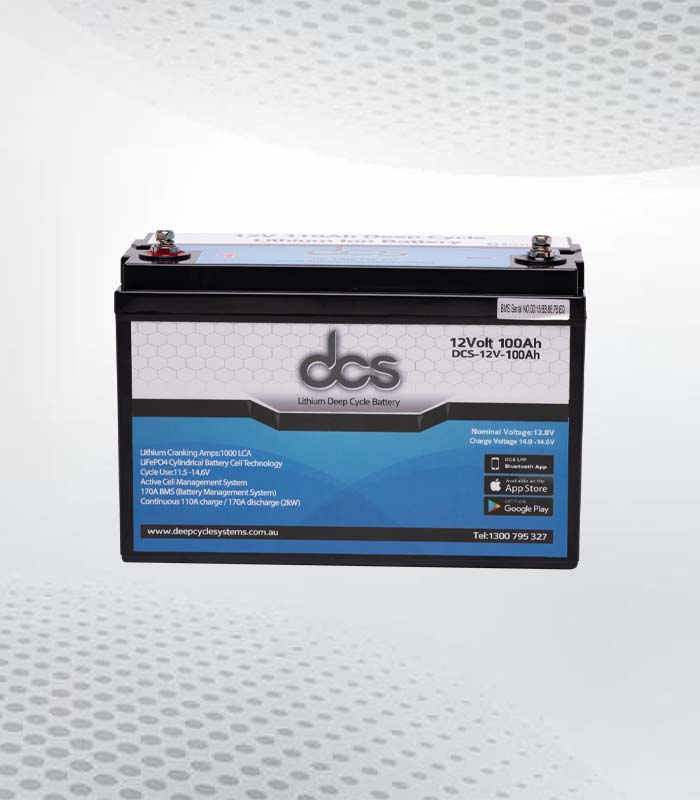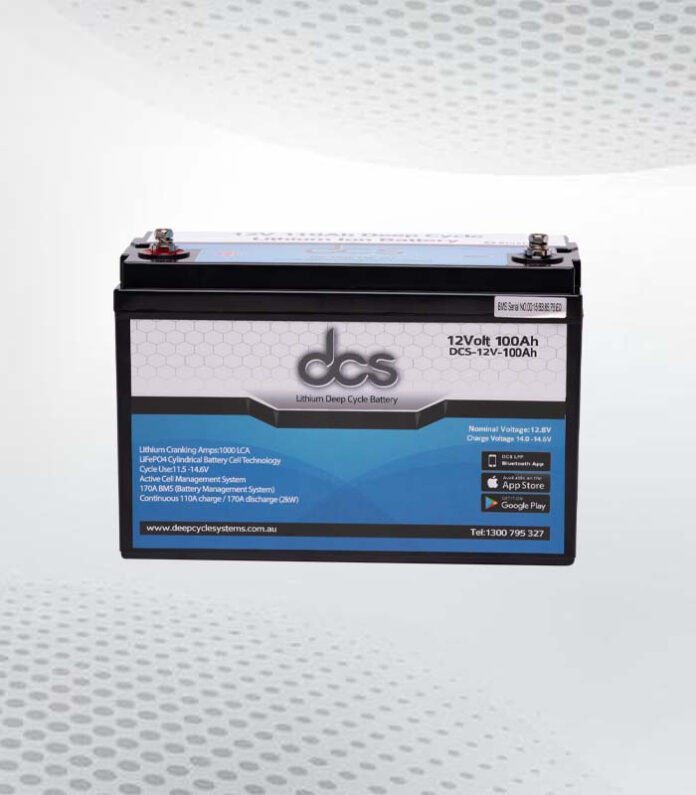When it comes to powering your devices, having enough battery life is crucial. And sometimes, one battery just won’t cut it. That’s where the option of using multiple batteries comes in. But how do you know which setup is best for your needs? In this blog post, we will explore the difference between 2 batteries in series and batteries in parallel and series, and discuss which option might be the most efficient for your power needs. So, let’s dive into the world of battery configurations and see how doubling down on power can benefit you.
What are 12 Volt Batteries?
When it comes to batteries, the term “12 volts” is quite common. But what exactly are 12-volt batteries?
Simply put, a 12-volt battery refers to the voltage output of the battery. It means that the battery can provide a constant electrical potential difference of 12 volts. This is the standard voltage level used in many applications, ranging from automobiles to small electronic devices.
A 12-volt battery consists of six individual cells, each providing 2 volts. These cells are connected in series, which means that the positive terminal of one cell is connected to the negative terminal of the next cell. This series connection adds up the voltage of each cell to reach a total of 12 volts.
The 12-volt battery is widely used due to its versatility and compatibility with a variety of devices. It is commonly found in cars, motorcycles, boats, RVs, and even solar power systems. Its availability and reliability make it a popular choice for powering various devices and equipment.
A Closer Look at 2 12 volt batteries in series
When it comes to maximizing power output, using two 12V batteries in a series can be a game-changer. By connecting the positive terminal of one battery to the negative terminal of the other, you create a circuit that effectively doubles the voltage output. This means that instead of the standard 12 volts, you now have a total of 24 volts at your disposal.
The advantages of using 2 12 volt batteries in series are twofold. Firstly, the increased voltage allows you to power devices that require a higher voltage to operate efficiently. This can be particularly useful in applications such as off-grid solar power systems or electric vehicles.
Secondly, by doubling the voltage, you effectively halve the current flowing through the circuit. This can reduce the load on each battery, potentially extending its lifespan and improving overall battery efficiency.
However, it’s important to consider the limitations of using batteries in series. If one battery fails or is discharged more quickly than the other, it can create an imbalance in the circuit. This can result in reduced overall performance and potentially damage the batteries.
An Analysis of Batteries in Parallel and Series
When it comes to powering your devices, using multiple batteries can provide the extra juice you need. While we have discussed the benefits of using two 12V batteries in series, it’s also important to consider the alternative: Batteries in Parallel and Series.
Batteries in parallel involve connecting the positive terminals of two batteries and the negative terminals. This setup allows the batteries to work together, effectively increasing the capacity or runtime. With batteries in parallel, you can power devices that require longer runtimes without compromising on voltage.
On the other hand, batteries in series, as we discussed earlier, increase the voltage output. This setup is ideal for devices that require a higher voltage to operate efficiently. It’s a great option for off-grid solar power systems or electric vehicles.
So how do you decide which option is right for you? It ultimately depends on your specific power needs. If you require a longer runtime, batteries in parallel might be the way to go. But if you need higher voltage, batteries in series will be more beneficial.
 Should You Opt for Batteries in Series or Parallel?
Should You Opt for Batteries in Series or Parallel?
When it comes to deciding whether to opt for batteries in series or parallel, there are a few factors to consider. The choice ultimately depends on your specific power needs and the devices you need to power.
If you require a longer runtime for your devices, batteries in parallel might be the better option. By connecting the positive terminals of two batteries together and the negative terminals, you effectively increase the capacity or runtime. This setup allows the batteries to work together and provide the extra juice needed for devices that require longer runtimes.
On the other hand, if you need higher voltage to power your devices efficiently, batteries in series are the way to go. By connecting the positive terminal of one battery to the negative terminal of the other, you effectively double the voltage output. This is particularly useful for devices such as off-grid solar power systems or electric vehicles that require a higher voltage to operate effectively.
To make the best decision, consider the voltage and capacity requirements of your devices. Determine whether a longer runtime or higher voltage is more important for your power needs. By understanding your specific requirements, you can choose the battery configuration that aligns best with your needs.
Practical Scenarios of Using 2 12v Batteries in Series vs. Batteries in Parallel
When it comes to practical scenarios of using batteries in series versus batteries in parallel, there are a few key considerations to keep in mind. Let’s take a closer look at some examples of where each configuration might be the most advantageous.
If you’re looking to power a large off-grid solar power system, using 2 12v Batteries in Series could be the best option. This configuration will provide the higher voltage needed to efficiently operate the system. It can ensure that your solar panels are generating enough power to charge the batteries and run your devices.
On the other hand, if you have devices that require a longer runtime, such as a camping trip or an outdoor event, using batteries in parallel might be more beneficial. By connecting the positive terminals of two batteries together and the negative terminals, you effectively increase the capacity or runtime. This means you’ll have the extra juice needed to power your devices for extended periods without compromising on voltage.
Remember to consider the voltage and capacity requirements of your specific devices and choose the battery configuration that aligns with those needs. Whether you’re seeking higher voltage or longer runtime, understanding your power requirements will help you make an informed decision.
Maximizing Power Output: Parallel-Series Hybrid Configurations
When it comes to maximizing power output, sometimes one battery configuration just won’t cut it. That’s where the concept of parallel-series hybrid configurations comes in. By combining batteries in both parallel and series setups, you can truly maximize your power output.
In a parallel-series hybrid configuration, you connect multiple batteries in both parallel and series. This means that you’re effectively increasing both the voltage and capacity of your battery setup. By connecting batteries in parallel, you increase the capacity or runtime of your batteries. This is great for devices that require longer runtimes without sacrificing voltage.
But that’s not all. By connecting batteries in series, you also increase the voltage output of your battery setup. This is perfect for devices that require higher voltage to operate efficiently. With a parallel-series hybrid configuration, you’re truly getting the best of both worlds.
Whether you’re powering a large off-grid solar power system or need extended runtime for a camping trip, a parallel-series hybrid configuration can provide the extra power you need. It allows you to customize your battery setup to meet your specific power requirements, maximizing efficiency and performance.
Powering Up: Series-Parallel Battery Setups
When it comes to powering up your devices, sometimes you need a little more oomph than just one battery can provide. That’s where series-parallel battery setups come into play. By combining the best of both worlds, you can truly maximize your power output.
In a series-parallel battery setup, you connect multiple batteries both in series and in parallel. This means that you’re not only increasing the voltage output but also the capacity or runtime of your battery setup. It’s like getting the best of both worlds.
This configuration is particularly useful when you have devices that require both higher voltage and longer runtimes. Whether you’re powering a large off-grid solar power system or embarking on a camping trip, a series-parallel battery setup can provide the extra power you need. It allows you to customize your battery setup to meet your specific power requirements, maximizing efficiency and performance.
FAQs
Do you have some burning questions about using multiple batteries in series or parallel? We’ve got you covered! Check out these frequently asked questions to clear up any confusion.
Q: Can I mix different types of batteries in a series or parallel configuration?
A: It’s generally not recommended to mix different types of batteries in the same circuit. Different batteries have different capacities, charge and discharge rates, and voltage levels. Mixing them can result in imbalances, reduced performance, and even damage to the batteries.
Q: How do I know if my device requires higher voltage or longer runtime?
A: Check the specifications of your device or consult the manufacturer’s guidelines. They will typically indicate the required voltage and capacity (or runtime) for optimal performance. Make sure your battery configuration aligns with these requirements.
Q: How do I prevent imbalances in a series configuration?
A: Regularly monitor the voltage and capacity of each battery. If you notice any significant differences, consider replacing or recharging the imbalanced battery to maintain the overall performance of the series configuration.
Conclusion
In conclusion, when it comes to maximizing power output and finding the most efficient battery configuration for your needs, there are several factors to consider. Both batteries in series and batteries in parallel have their advantages and disadvantages, and the choice ultimately depends on your specific power requirements.
This Article Was First Published On
2 Batteries in Series vs. Batteries in Parallel and Series
| Other Good Articles to Read |
| blogs rain |
| Cme Blog Spot |
| Garcias Blogs |
| Yyc Blogs |
| Guiade Blogs |
| Blogs-Hunt |
| Impact-Blog |
| Smarty Blogs |
| Ed Blog |
| Mo Blogs |
| Blogs Em |
| blogs t |
